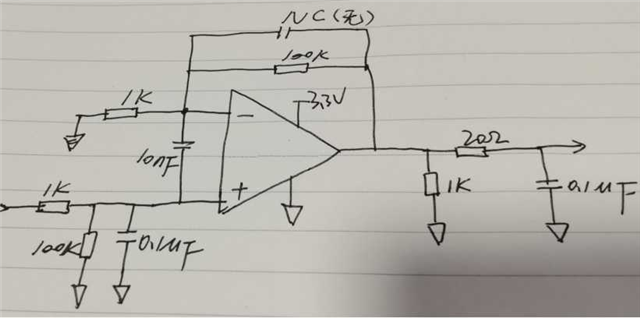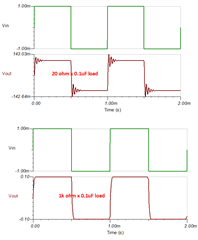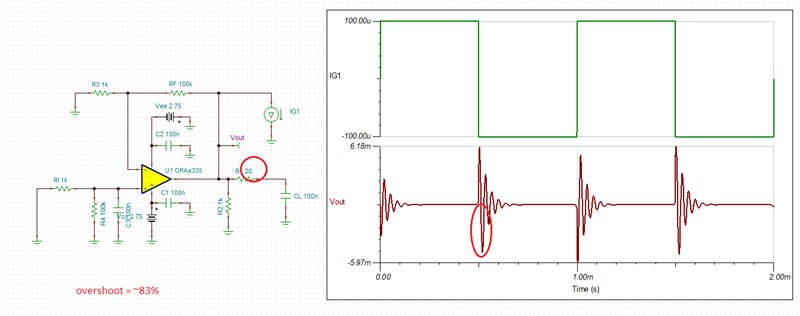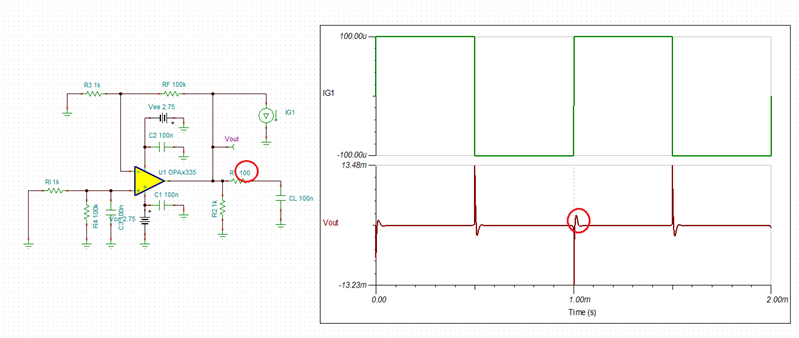Hi Expert,
my customer is using OPA335, to improve the CMRR, they want to put a cap between in+ and in -, so do we have any limitation for this cap value. because based on previous experience, large cap will make amp has self-oscillating. look forward to your comments.
BR
Chi





